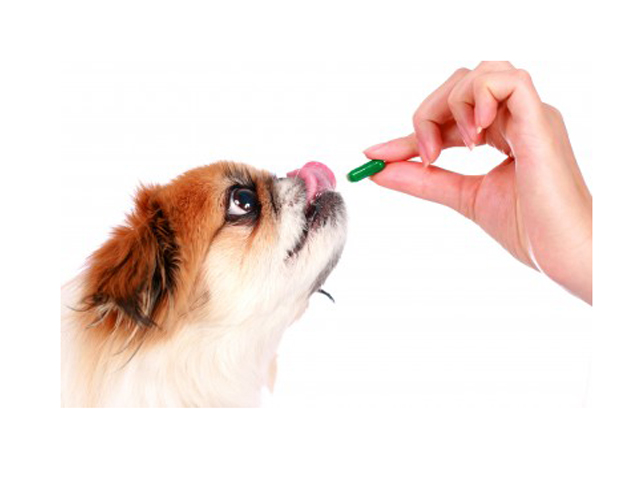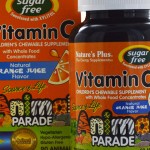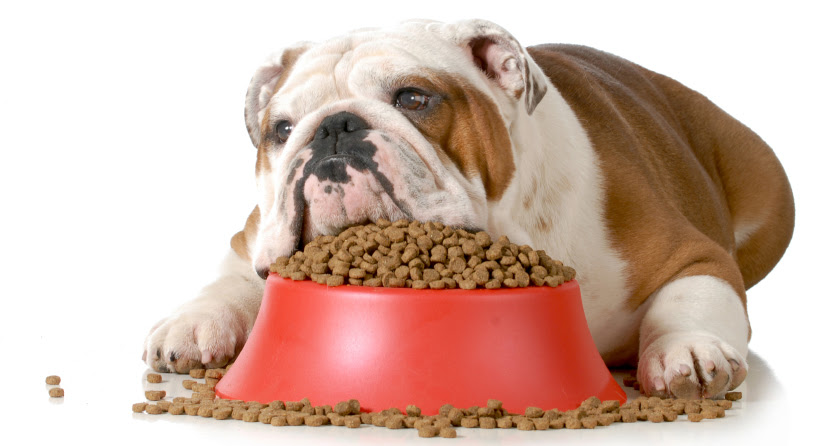The below figures are provided by the National Research Council in it’s latest book published in 2006. Each Measurement listed is amount needed per kg. of body weight unless otherwise indicated.
Water
Protein
Measurements in grams unless otherwise indicated.
Total Protein Minimal Requirement – 2.62; Recommended Daily Allowance – 3.28
Amino Acids:
Histadine Minimal Requirement -0.048; Recommended Daily Allowance – 0.062
Isoleucine Minimal Requirement -0.098; Recommended Daily Allowance – 0.12
Leucine Minimal Requirement -0.18; Recommended Daily Allowance – 0.22
Lysine Minimum Requirement – 0.092; Recommended Daily Allowance – 0.11
Methionine Minimum Requirement – 0.085; Recommended Daily Allowance – 0.11
Methionine-cystine Minimum Requirement – 0.17; Recommended Daily Allowance – 0.21
Phenylalanine Minimal Requirement – 0.12; Recommended Daily Allowance – 0.15
Phenylalanine-tyrosine Minimal Requirement – 0.19; Recommended Daily Allowance – 0.24
Threonine Minimal Requirement -0.11; Recommended Daily Allowance – 0.14
Tryptophan Minimal Requirement -0.036; Recommended Daily Allowance – 0.046
Valine Minimal Requirement -0.13; Recommended Daily Allowance – 0.16
Fat
Measurements in grams unless otherwise indicated.
Total Fat (g) – Adequate Intake – 1.3; Recommended Daily Allowance – 1.8; Safe Upper Limit – 10.8
Fatty Acids:
Linoleic Acid (Alpha Linolenic Acid) Omega 3 (g) Adequate Intake – 0.14; Recommended DailyAllowance – 0.12; Safe Upper Limit – 1.4
Arachidonic Acid Omega 6
Eicosapentaenoic & Docosahexaenoic Acid Adequate Intake – 0.03; Recommended Daily Allowance – 0.03; Safe Upper Limit – 0.37
Minerals
Calcium Minimum Requirement – 0.059; Recommended Daily Allowance – 0.13
Phosphorus Adequate Intake – 0.10; Recommended Daily Allowance – 0.10
Potassium Adequate Intake – 0.14; Recommended Daily Allowance – 0.14
Sodium(mg) Minimum Requirement – 9.85; Recommended Daily Allowance – 26.2
Chloride(mg) Adequate Intake – 40; Recommended Daily Allowance – 40
Magnesium(mg) Minimum Requirement – 5.91; Recommended Daily Allowance – 19.7
Iron(mg) Adequate Intake – 1.0; Recommended Daily Allowance – 1.0
Copper(mg) Adequate Intake – 0.2; Recommended Daily Allowance – 0.2
Iodine(µg) Minimum Requirement – 23.6; Recommended Daily Allowance – 29.6
Zinc (mg)Adequate Intake – 2.0; Recommended Daily Allowance – 2.0
Manganese(mg) Adequate Intake – 0.16; Recommended Daily Allowance – 0.16
Selenium(µg)Adequate Intake – 11.8; Recommended Daily Allowance – 11.8
Vitamins
Measurements in grams unless otherwise indicated.µg = micrograms 1µg = 40 IU
Vitamin A, (µg retinol) µg Adequate Intake – 40; Recommended Daily Allowance – 50;Safe Upper Limit – 2,099 (IU)
Vitamin D3, (Cholecalciferol) µg Adequate Intake – 0.36; Recommended Daily Allowance – 0.45; Safe Upper Limit – 2.6
Vitamin E, (alpha tocopheral), mg Adequate Intake – 0.8; Recommended DailyAllowance – 1.0
Vitamin K, (menadione) mg Adequate Intake – 0.043; Recommended Daily Allowance – 0.054
Thiamin, mg Adequate Intake – 0.059; Recommended Daily Allowance – 0.074
Riboflavin, mg Minimum Requirement – 0.138; Recommended Daily Allowance – 0.171
Pyridoxine, (B6) mg Minimum Requirement – 0.04; Recommended Daily Allowance – 0.049
Niacin, (B3) mg Adequate Intake – 0.45; Recommended Daily Allowance – 0.57
Pantothenic Acid, (B5) mg Minimum Requirement – 0.39; Recommended Daily Allowance – 0.49
Folic Acid, (B9) µg Minimum Requirement – 7.1; Recommended Daily Allowance 8.9
Biotin, (B7) aka, Vitamin H; For normal diets not containing raw egg white, adequate biotin is probably by microbial synthesis in the intestine. Diets containing antibiotics may need supplementation
Vitamin B12 (Cobalamine) µg Adequate Intake – 0.92; Recommended Daily Allowance – 1.15 Choline mg Minimum Requirement – 45; Recommended Daily Allowance – 56
Note:
Vitamin C, (ascorbic acid) The liver of cats and dogs have the key enzyme L-gulono-Y-lactone oxidase, (EC 1.1. 3.8), which is able to synthesize the needed ascorbic acid from glucose. The NRC warns against high intake of ascorbic acid, stating the following: “High intake of ascorbic acid may act as a prooxidant and induce lipid peroxidation.” This includes Fenton’s reaction, which will enhance iron absorption and cause a resulting overdose of this mineral. This reaction is reduced with an increase in Vitamin E levels in the diet.
Source
National Research Council











